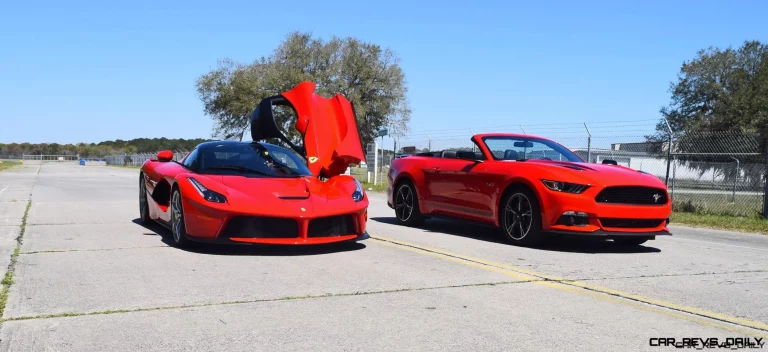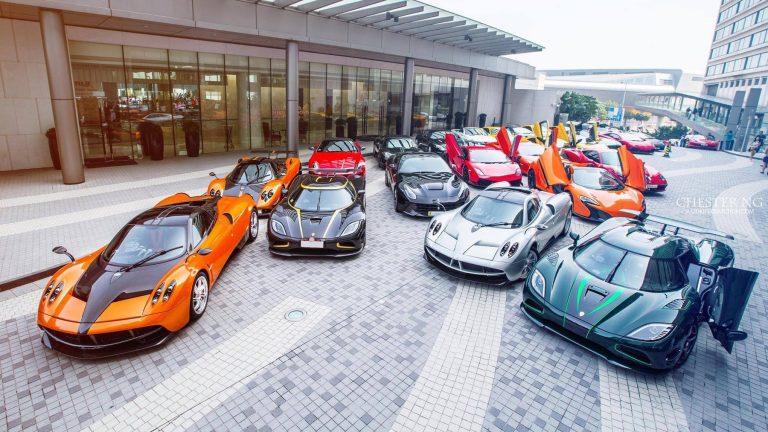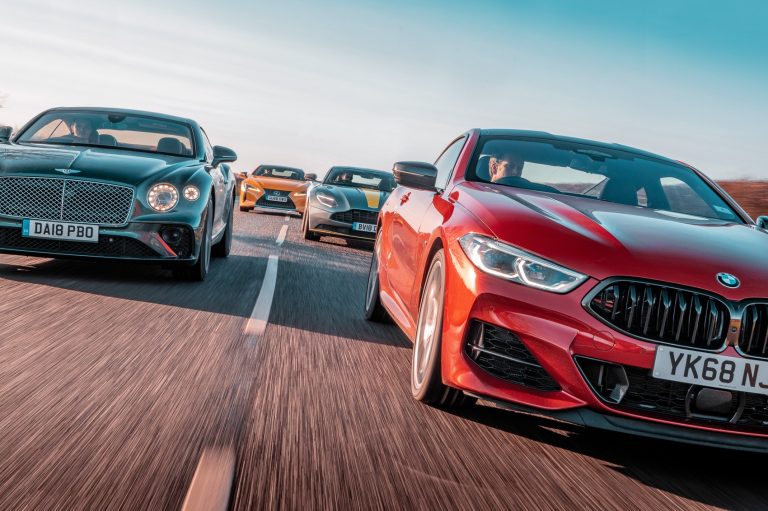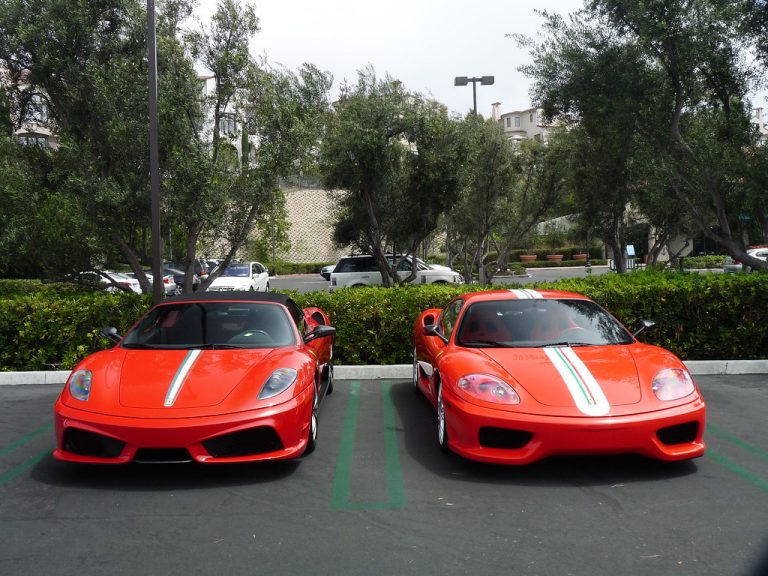Ferrari vs Porsche Compared: Which Is Better?
When it comes to high-performance sports cars and prestige automakers, few brands inspire more desire and debate than Ferrari and Porsche. These two names from Italy and Germany represent engineering excellence, lap-shattering performance, and vehicles that stir the soul.
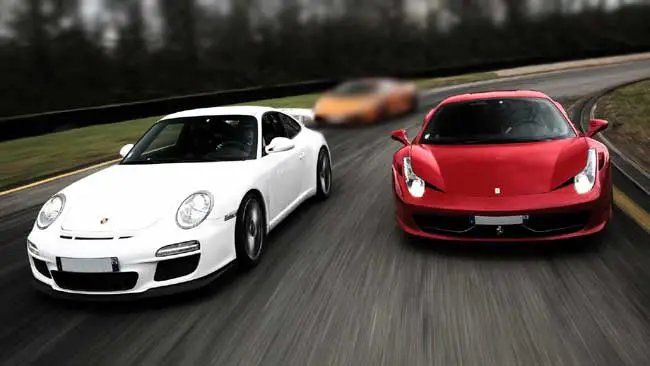
Today we will look into the heated rivalry between Ferrari and Porsche by comparing their racing pedigrees, road-legal production models, technological innovations, brand philosophies and cult-like followings. From dream machines like the Ferrari 488 Pista to iconic Porsche 911 variants, we’ll explore which marquee reigns supreme in the battle for performance supremacy.
Ferrari vs Porsche: A Detailed Comparision
When considering the pinnacle of sports car excellence, the comparison between Ferrari and Porsche emerges as a clash of titans, each with a storied history, distinctive design philosophy, and unparalleled performance. Both marques have cultivated unique identities that appeal to different aspects of the automotive enthusiast’s psyche. Here’s a detailed comparison:
1. Historical Legacy
- Ferrari, established in 1939 by Enzo Ferrari, has its roots in racing, embodying Italian passion, exclusivity, and high performance. Ferrari’s vehicles are often seen as artworks, symbols of luxury and prestige.
- Porsche, founded by Ferdinand Porsche in 1931, began as a design and engineering firm before producing the iconic 356. Porsche’s ethos combines high performance with usability, representing German engineering precision and reliability.
2. Design Philosophy
- Ferrari showcases a design language that emphasizes sleek, aggressive lines meant to evoke emotion and speed, with each model crafted as a statement of Italian artistry and aerodynamic efficiency.
- Porsche maintains a more understated, functional approach to design, epitomized by the timeless shape of the 911. Porsche believes in evolution over revolution, focusing on incremental improvements and the practical integration of performance features.
3. Performance and Innovation
- Ferrari’s vehicles often feature larger, naturally aspirated engines with a focus on high horsepower and a thrilling driving experience. Ferrari invests heavily in F1-derived technology, translating track advancements directly to its road cars.
- Porsche offers a wide range of performance vehicles, including turbocharged engines and advanced hybrid systems. Porsche excels in engineering vehicles that deliver exceptional performance without sacrificing daily drivability or efficiency.
4. Motorsport Heritage
- Ferrari has an unparalleled legacy in Formula 1, with countless championships, reflecting its dedication to racing and high performance. This racing DNA is evident in every Ferrari car, designed to deliver track-level thrill on the road.
- Porsche has a broad motorsport heritage, including victories at Le Mans and the World Endurance Championship. Porsche’s success in endurance racing underscores its vehicles’ reliability, performance, and technological prowess.
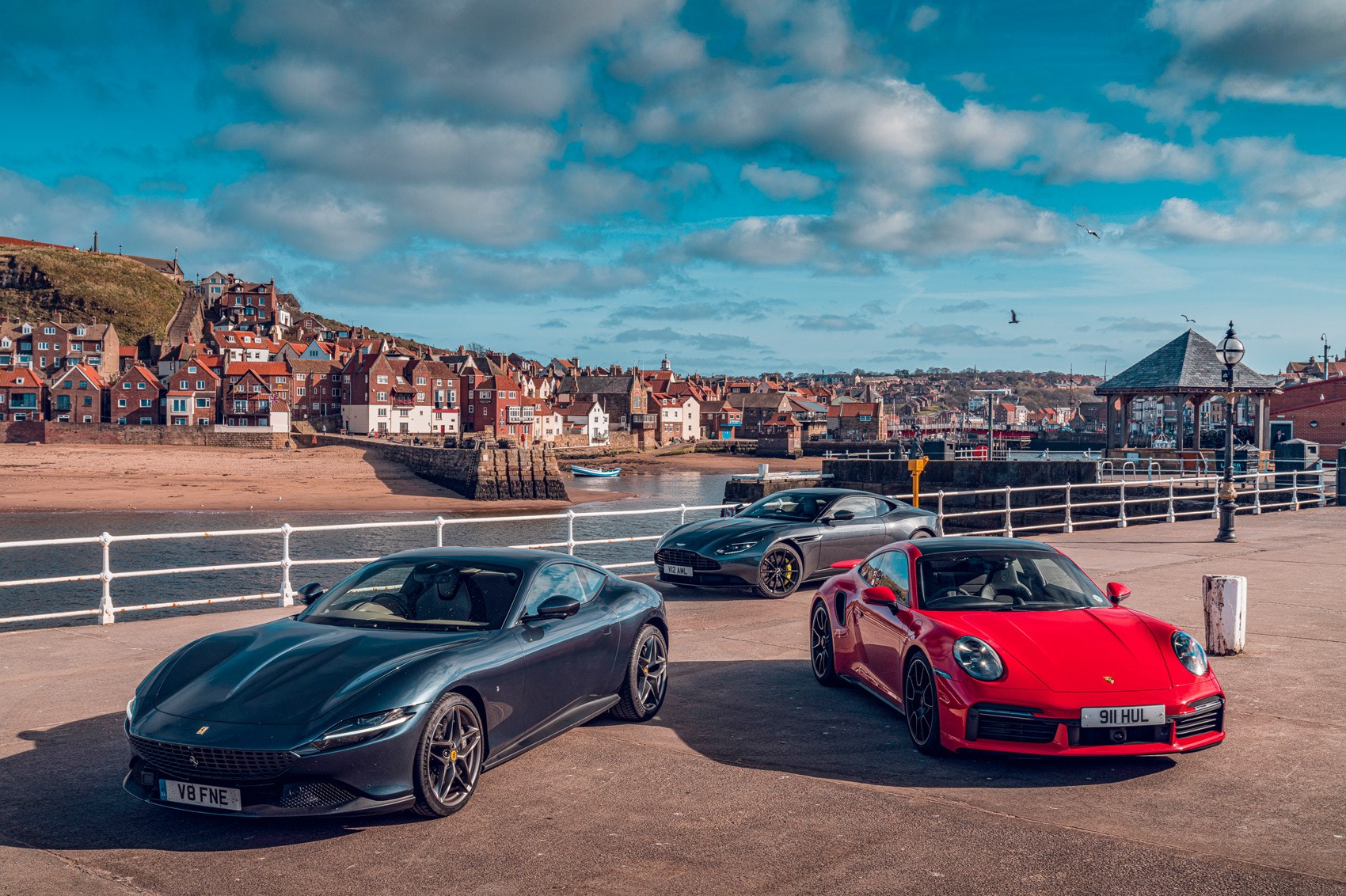
5. Model Lineup and Versatility
- Ferrari focuses on sports cars and grand tourers, with a recent foray into the SUV market with the Purosangue. Each Ferrari model is built to be an exemplar of speed and performance, catering to the high-end luxury market.
- Porsche offers a more diverse range of vehicles, including sports cars (911, 718 Boxster/Cayman), sedans (Panamera), and SUVs (Cayenne, Macan), and the all-electric Taycan. This versatility demonstrates Porsche’s ability to blend performance with practicality across different segments.
6. Ownership Experience
- Ferrari offers an exclusive ownership experience, with personalized services, bespoke customization options, and a sense of entry into an elite club. Ferrari owners are buying into a legacy of racing and luxury.
- Porsche provides a high level of customization and a more accessible ownership experience, emphasizing reliability and customer service. Porsche owners appreciate the brand’s blend of performance, comfort, and daily usability.
7. Sustainability and Future Directions
Both Ferrari and Porsche are embracing electrification, with Porsche leading the charge with the fully electric Taycan and Ferrari introducing hybrid models like the SF90 Stradale. Both are committed to combining performance with environmental consciousness.
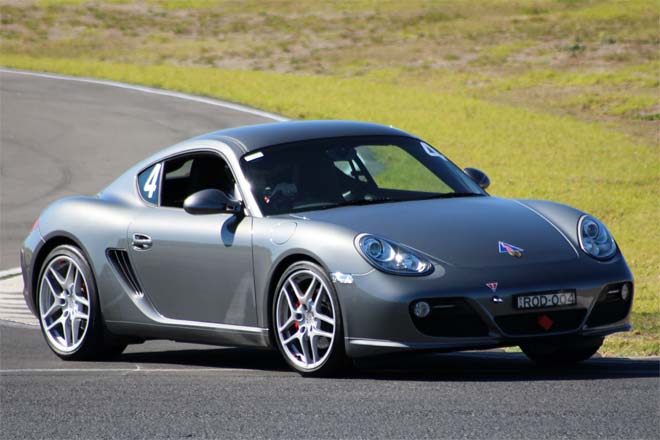
8. Acceleration
When it comes to acceleration, Ferrari pulls ahead with its SF90 Stradale, boasting a twin-turbocharged V8 hybrid engine that produces an impressive 986 combined horsepower. In comparison, Porsche’s 911 GT3 RS lags slightly behind with a 0-60 mph time of about 3 seconds, showcasing Ferrari’s edge in this aspect.
9. Top Speed
Ferrari continues to dominate in the realm of top speed, with the California clocking in at a remarkable 193 mph. Porsche’s Panamera, on the other hand, reaches a respectable 162 mph, highlighting Ferrari’s lead in delivering exhilarating top speeds that set them apart from the competition.
10. Design
Exterior: When it comes to Ferrari vs. Porsche in terms of design, it’s evident that Ferrari takes the edge in exterior styling. Ferraris boast intricate details and distinctive lines that exude luxury and performance. The sleek curves and aerodynamic profiles of Ferrari models make them stand out on the road, setting a standard in automotive design.
Interior: Step inside a Ferrari, and you’ll be greeted by a world of meticulous craftsmanship and luxury. Each detail is meticulously designed, reflecting the brand’s commitment to high-end interior styling. From premium leather finishes to custom elements, Ferraris offer a unique and upscale driving experience that captivates enthusiasts and aficionados alike.
11. Price
Ferrari represents the pinnacle of automotive luxury and performance, with pricing to match its exclusive status. Entry-level models such as the Ferrari Portofino M start at around $220,000, while mid-range options like the F8 Tributo can exceed $280,000. The brand’s flagship supercars, such as the SF90 Stradale, push the price well into the $600,000 range, without considering bespoke customization options that can significantly increase the final cost. Owning a Ferrari is not only about purchasing a car but investing in a piece of automotive art and history, which is reflected in its premium pricing.
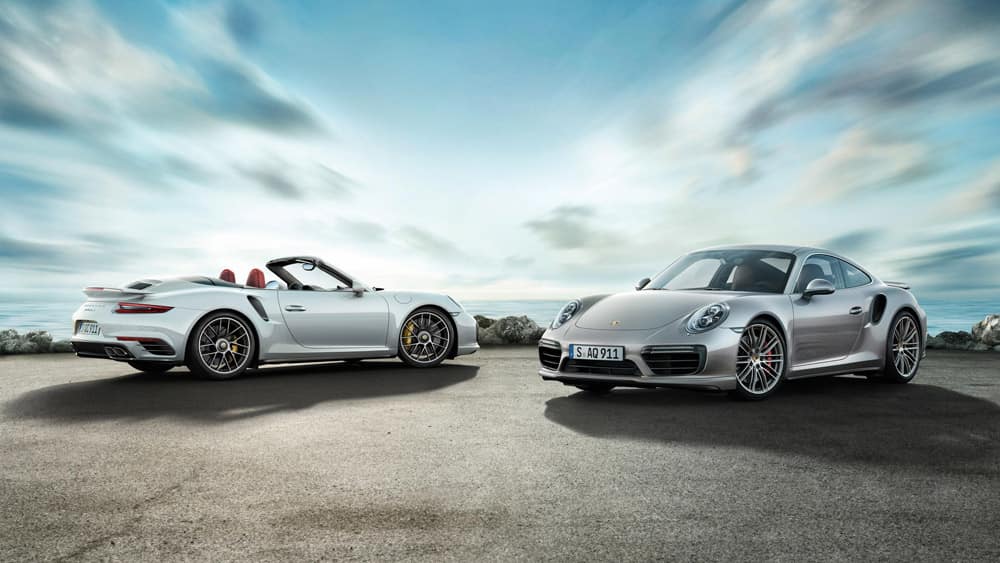
Porsche offers a broader spectrum of pricing, making the brand more accessible without compromising on performance and luxury. The entry-level 718 Boxster and Cayman models start at just over $60,000, offering a more affordable gateway into the Porsche ownership experience. The iconic Porsche 911 range begins around $100,000, with high-performance variants like the 911 Turbo S and GT3 pushing the price to over $200,000. The Panamera sedan and Cayenne SUV offer luxury and performance for those requiring more practicality, with prices starting around $90,000 and $70,000, respectively. The electric Taycan starts at approximately $80,000, providing a high-performance EV option within a similar pricing framework.
12. Recalls
Ferrari:
- Some Ferrari models were recalled in May 2012 due to engine freezing issues.
- This recall affected several Ferrari cars, showing a tendency for sudden engine freezes.
Porsche:
- Every model’s potential for recalls must be considered, including Porsches.
- Some Porsche vehicles may require inspections or fixes due to safety or performance concerns.
- Both Ferrari and Porsche have experienced recalls in their vehicle lineups.
- Recalls are common in the automotive industry, highlighting the importance of manufacturer responsiveness.
13. Awards
Ferrari and Porsche are powerhouses in the automotive world, each boasting a collection of prestigious awards and accolades that showcase their engineering excellence and performance capabilities.
- Ferrari has clinched numerous Formula 1 Constructors’ Championships, showcasing their dominance on the racetrack and technical prowess.
- Porsche, on the other hand, is renowned for its Le Mans 24 Hours victories, setting records and demonstrating endurance supremacy.
- Ferrari has claimed the title of International Engine of the Year with their high-performance engines, setting benchmarks in the industry.
- Porsche has been recognized for its innovation with wins such as the World Car of the Year award, highlighting their commitment to cutting-edge technology and design.
14. Logo
Porsche Logo Origin: The Porsche logo featuring the prancing horse pays homage to Stuttgart, where the company originated in 1931. The first model to showcase this logo was the Porsche 356 in 1952, which still proudly displays the Stuttgart coat of arms on current vehicles.
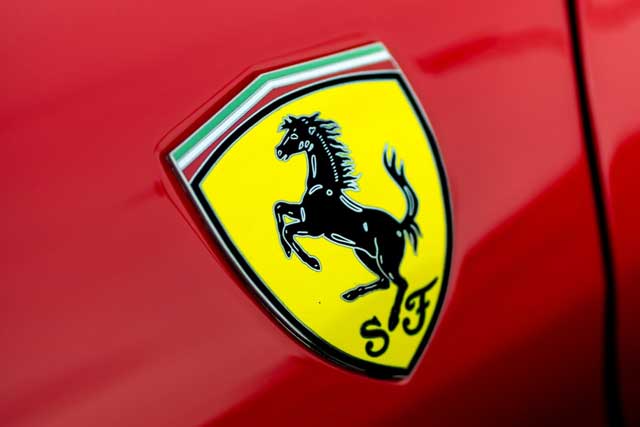
Ferrari Logo Origin: The prancing horse in the Ferrari logo has ties to Italian fighter pilot Francesco Baracca, who used it on his plane during World War I. This iconic symbol represents speed, power, and Italian heritage.
Key Difference: While both logos feature the same prancing horse, the Porsche logo connects to Stuttgart, Germany, whereas the Ferrari logo has roots in Italian aviation history.
Frequently Asked Questions
What is the symbolic meaning behind the Porsche logo?
The prancing horse in the Porsche logo pays homage to Stuttgart, Germany, where the company was established, symbolizing speed, power, and a rich automotive heritage.
Why does the Ferrari logo feature a horse?
The Ferrari logo’s horse has ties to Italian aviation history through pilot Francesco Baracca, representing speed, strength, and a connection to high-performance vehicles.
How do the Porsche and Ferrari logos differ in their origins?
While both logos symbolize speed and power, the Porsche logo represents German automotive heritage, whereas the Ferrari logo has roots in Italian aviation history.
How do Porsche and Ferrari differentiate themselves in the automotive market?
Porsche focuses on producing a wide range of vehicles for high-income individuals, while Ferrari emphasizes its Formula 1 racing heritage and its influence on production cars.
What sets Porsche apart from its competitors?
Porsche’s high pricing strategy highlights luxury and quality but may limit its customer base to affluent individuals compared to competitors offering a broader price range.

Hi! I’m Larry Gibbs, studying mechanical engineering with a focus on cars. I really love Ferraris and write blog posts about the latest car stuff. When not studying or blogging, I’m usually on a road trip exploring new places. I also enjoy playing football and watching movies. Life’s an adventure, and I’m all about enjoying the ride!

